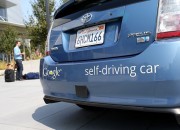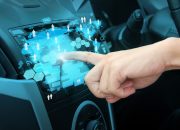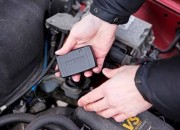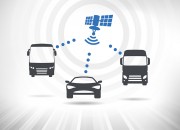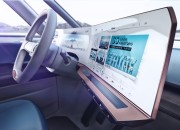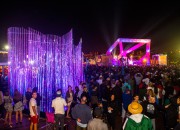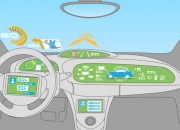The U.S. was a country made and designed for cars. The farther cities spread out from each other, the bigger and stronger cars were designed. Today, the entire country would shut down if it wasn’t for the trucking industry bringing goods to people’s neighborhoods. However, the world as we know it is quietly and fundamentally changing too. And that means how cars are operated and function.
Automotive
There was a time when cars didn’t come standard with seat belts. That seems like a ludicrous statement, but they just weren’t deemed necessary in the early days of the automobile. It’s hard to imagine a time when cars didn’t come equipped with things like gas gauges, seat belts, or speedometers. The automobile industry has seen a lot of changes in recent years when it comes to the technology that comes standard in vehicles.
“Black boxes” were originally devices that are installed in airplanes to record two things: sound in the aircraft, and aircraft computer data. This information is generally extracted in the instance of a plane crash in order for pilots to try to figure out what exactly happened. Now, the technology is being installed in most new automobiles in order to track driving, which would help people lower their insurance costs exponentially.
According to the Insurance Institute for Highway Safety, not only are teen drivers nearly three times more likely to be involved in a fatal crash than drivers over age 19, teen drivers age 16-17 are nearly twice as likely as teen drivers age 18-19 to be involved in a fatal crash. Yet, it somewhat defeats the purpose of getting them a license if mom or dad has to sit next to them every time they are behind the wheel.
Insurance companies need to adjust their methods for charging for claims in a way that is in line with the current markets. When a company gets hundreds of thousands of records, a system to manage, filter and process those records becomes essential. This is where Big Data comes in. By creating a platform that can quickly analyze large amounts of data, insurance companies can make more effective claims and ensure greater profits.

Emotional Intelligence Technology To Light Up Santa Monica at 2015 Twilight Concert Series At The Pier
Truly a sight to see, TrueCar brings L.E.D. (Light Emotion Data) to the Santa Monica Twilight Concert Series. L.E.D. is a crowd-powered intelligent sensory experience that captures real-time emotive information and creatively displays data with a dazzling, interactive LED light show to transform the traditional concert experience.
The growth of the Internet of Things has been a rapid one, to say the least Fast Company describes the wild west of this new frontier as something akin to the wide-eyed optimism and endless possibilities offered by the first push in the Internet’s popularity during the 1990s. The playing field is wide open and one area seeing a lot of attention is the integration of the IoT into transportation.









